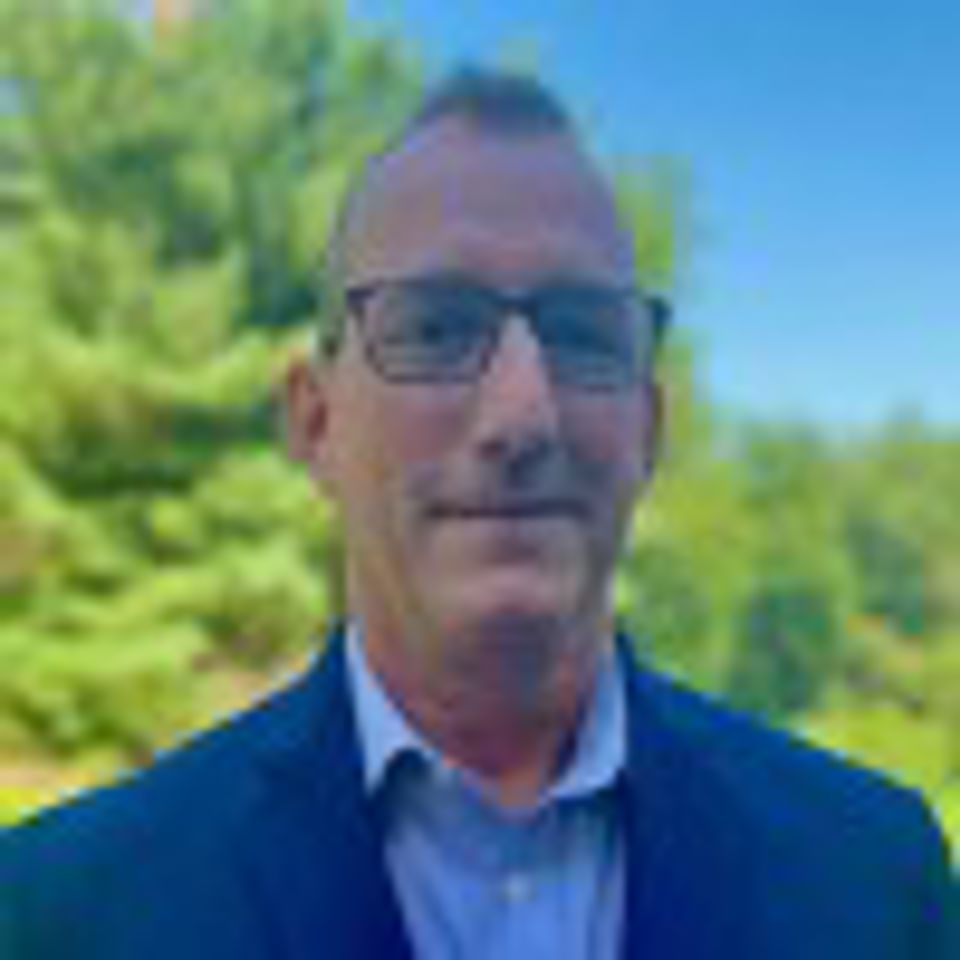Oncology Clinical Trials: A Nurse’s View of the Healthcare Human Capital Epidemic
Rapidly changing trends are impacting the conduct of clinical trials in the oncology research space. An influx of data and a lack of human capital are two of the industry’s biggest challenges right now.
To get a better understanding of how this happened and how research teams can respond, we sat down with Jim Cain, Vitalief’s Director of Oncology Services.
We recently chatted with Jim Cain, Vitalief’s Director of Oncology Services, about the oncology research space and the various trends that are impacting the conduct of clinical trials in this rapidly changing therapeutic area.
About Jim Cain, MSN, RN


Jim is a seasoned industry veteran whose career has been focused on oncology nursing. This includes cancer clinical trial experience and various healthcare business development roles. After receiving his BSN from Temple University, he pursued a Master of Science in Oncology Nursing from the University of Pittsburgh.
Throughout his tenure in healthcare, he has gained experience in:
- Oncology nursing roles
- Clinical trials
- Clinical nurse specialist roles
- Business development for healthcare technology and consulting organizations
Jim always uses his oncology nursing and business experience to provide better solutions for patients and healthcare providers.
What are the biggest trends in the world of Oncology research and clinical trials?
There are so many exciting things happening in oncology research. It’s a rapidly growing area. The American Cancer Society suggests that in 2022, there will be an estimated 1.9 million new cancer cases diagnosed. That’s a big motivator for all the research teams working on new medicines and therapies.
More Complexity in Trials
Oncology research is complex and getting more complex every day. Advances in treatment are rapidly changing how we treat cancer. Artificial intelligence, DNA sequencing, precision oncology, and other technologies are improving the treatment and diagnosis of the disease.
As a result of this rapid change, clinical trial designs now have more treatment arms, countries, sites, and endpoints. A Tufts Center for the Study of Drug Development Impact Report from last year noted that Oncology trials are typically 30-40% longer than other trials.
Oncology trials generate a much higher volume of data, particularly in Phase II protocols, compared to other drug trials. For example, 3.1 million data points per protocol in phase II oncology compared to 1.9 million in non-oncology drug trials.
Sophisticated Trials Designs Need Sophisticated Teams
Finally, the Tufts report cites that Phase II and III oncology trials, compared to trials for other drugs, have more protocol deviations and generate more substantial protocol amendments. Sophisticated trial designs combined with data complexity, volume, and velocity require an experienced team to manage and ensure compliance. This is where we’re seeing some significant challenges at clinical trial sites.
Can you elaborate on the challenges that clinical trial sites are facing?
Site teams are losing talented professionals at an unprecedented pace. We are seeing so many teams that are hindered by workforce and staffing issues.


Losing Talent
Really great talent is walking out the door to seek opportunities with contract research organizations (CROs) and sponsor teams that offer better compensation packages or other perks, such as remote and hybrid working models. Many are looking for a career change and aren’t seeing opportunities within their organizations.
Setting the Stage for Burnout
This cycle creates a massive burden for the remaining team members with additional responsibilities added to their daily work. The increased workload leads to job dissatisfaction and concerns about work-life balance that motivate them to look for new opportunities.
So those clinical trial site teams need more resources to ease the burden?
Yes. However, while they do need more resources, organizations must address the root causes of these problems. AACI’s CTO Staff Retention Task Force identified how limited career growth in their current roles and a variety of personal reasons all added to stress and burnout. All this contributes to job dissatisfaction, further burdening clinical trial professionals already dealing with heavy workloads and not enough staff to manage trial portfolios. Innovative changes are required to effectively address these challenges
Are you seeing teams developing any innovative solutions?
That’s the good news! Teams are beginning to change how they are addressing the situation. Organizations need:
- A culture shift to support more flexible working models
- New technologies to automate time-consuming and repetitive tasks
- Career pathing to help team members see opportunities within their own organizations
The CTO Staff Retention Task Force released recommendations to consider these things. The report was developed by a task force representing 15 different cancer centers. It cites many of the factors we just discussed but also makes recommendations about recruiting and retention strategies that will have a longer-term impact.
Do you think the CTO Staff Retention Task Force has the right approach?
Yes – it’s a good starting point. We have been using the term, “Healthcare Human Capital Epidemic” to describe the current situation because it is happening everywhere throughout our health systems.
Pharma companies are using contract research organizations (CROs) to meet their needs. Some of the CROs are starting to use functional service providers (FSPs) to address their resourcing issues.
But there really isn’t anyone rethinking the way sites are operating and helping them to address the issue in a more holistic way.
What would a holistic approach look like?
Vitalief’s Advisory team takes this approach. When they look at a client’s resourcing issues, they are looking at a much bigger picture. They are asking hard questions like,
- Are your technologies helping you meet your objectives?
- Are your processes optimized to ensure efficiency and compliance?
- Is your organization structured to enable the flexibility required by today’s workforce?
The so-called “resourcing challenge” isn’t something you can fix by throwing bodies at it. It requires a different way of working and that means we must start thinking about different team structures and resourcing models that offer more agility in the unpredictable clinical research arena.
Efficient Processes and Improved Employee Experience
We have to start looking at where technologies such as artificial intelligence (AI) and machine learning (ML) can be applied to reduce the administrative burden on on-site teams. And we must look for new ways to retain talent. That could be anything from better compensation to more flexible hours to offering more training and professional development opportunities.
It’s definitely complex, but a broader view actually enables us to develop solutions that offer greater value. We can’t fix this new problem with old ideas.
What do oncology trials of the future look like?
The data volume and velocity are going to continue to increase. If we do this right, we can leverage technology, optimized processes, and top talent to create really efficient research and clinical trial engines.
Investing in Talent
By investing in talent, we can make sure that we retain the right experienced people to run the trials and support patients in need. It may sound a bit idealistic, but I think it is totally doable. We have so many bright people working toward better outcomes for our patients. We just need to step back and look at the bigger picture.
Our clinical trial site teams are critical to research and patient care. They are shouldering a lot of pressure to perform quickly and efficiently while engaging with patients and simultaneously maintaining compliance. It’s time to rethink how we support their efforts. If we make the investment now, clinical trial site teams of the future could offer better outcomes and greater value to their organizations and their team members, as well as the patients they serve.
Addressing the Healthcare Human Capital Challenge With a Holistic Approach
We’d like to thank Jim for sharing his expertise with us. It’s clear that addressing the increase in trial complexity and staffing problems is going to take a thoughtful approach. At Vitalief, we’re taking a holistic approach to address these challenges long-term. Contact Vitalief to learn more about how our team is addressing the healthcare human capital challenge.
© 2021-2025 Vitalief. All rights reserved.
Vitalief • New Brunswick, NJ 08901 • United States
By using the website you accept our privacy policy. Choose your cookie consent:

